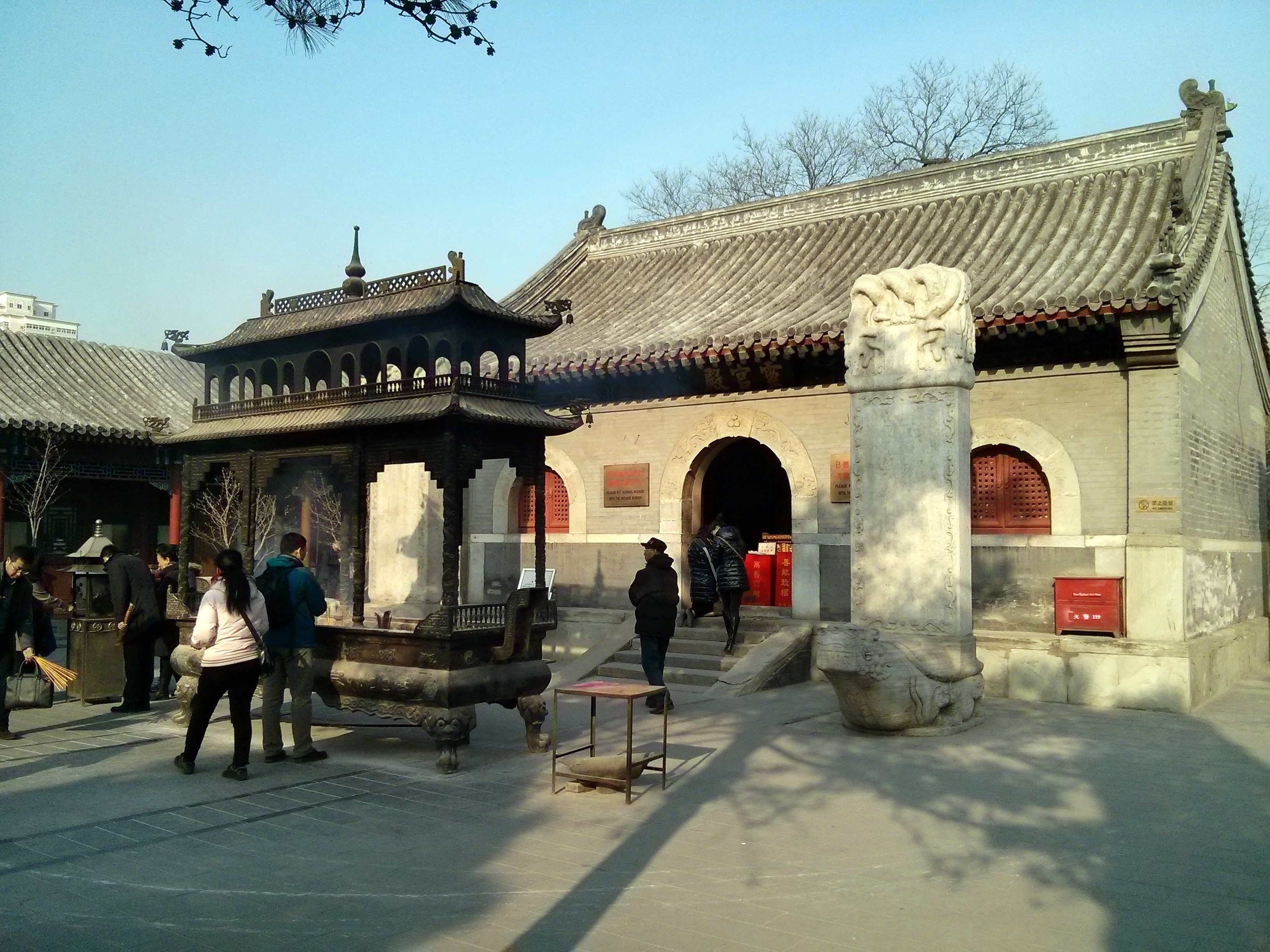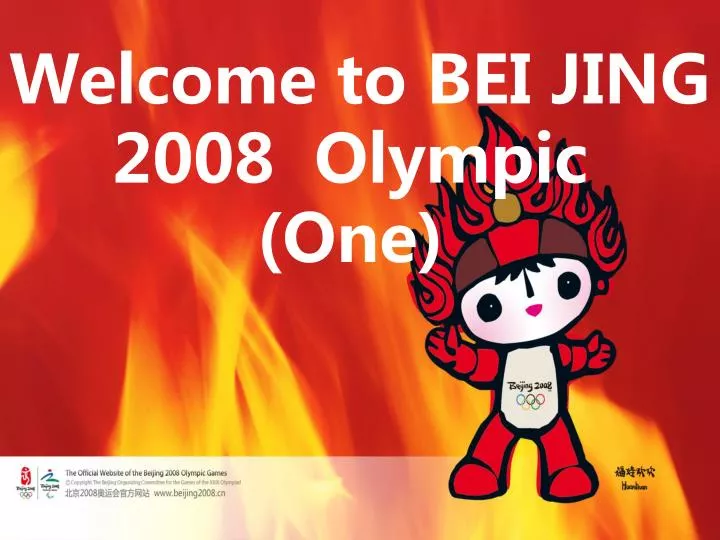

What is it, and why is it significant that the Beijing Platform for Action adopted gender mainstreaming as a tool to promote gender equality? In public policy around the world and within the halls of the United Nations, the term, “gender mainstreaming,” is everywhere, but it doesn’t translate well outside these spaces. Paying attention to gender perspectives in every policy and programme

In some regions there have been attempts to remove comprehensive sexuality education from school curricula and limit gender studies in tertiary education.Įducation matters, and what kind of education is available, accessible and affordable for the world’s women and girls, also matters. This has in turn made it difficult to bridge the gender pay gap. Improved levels of education among women and girls have not translated into reduced occupational segregation. However, gender gap in STEM continues to be a problem today-only 35 per cent of all students enrolled in STEM related fields of study are women, and just 30 per cent of researchers worldwide are women. Thanks to the consistent work for gender parity in education over two decades, more girls are in school than ever before and more countries have reached gender parity in educational enrolment. The comprehensive vision for girls’ education doesn’t stop there: not only does the Beijing Platform for Action outline measures for getting girls into school, but also for keeping girls in school, such as stamping out female genital mutilation and child marriage, harmful practices that prevent millions of girls from finishing their education. Not only did it emphasize the importance of primary education for girls, but it was truly ahead of its time in calling for actions to advance girls’ education to higher levels and STEM studies.

"Everywhere I see boys treated differently than girls… Even though I am strong and work hard, I‘ve heard completely different words to describe me: ‘weak’, ‘fragile’, ‘gentle’.” - Anna Lavreniuk, student leader and opinion shaperįor instance, the Beijing Platform for Action advocated for girls’ education that gave the issue a sustained impetus for the past 25 years. It clearly articulated that girls face discrimination from their earliest years and throughout childhood, and called for specific protection of their rights. Although the Convention on the Rights of the Child, which entered into force in September 1990, enshrined the rights of children, the Beijing Platform for Action spoke to girls and girls’ rights, specifically. The Beijing Platform for Action was the first global policy document on women that included a specific focus on the girl child. But if you’re wondering what really changed and why it still matters to women and girls today, here are just five big wins it brought about for women and girls everywhere. Since 1995, the Beijing Platform for Action has served as a blueprint for advancing global gender equality.
BEI JING FULL
The Beijing Platform for Action was a turning point in the world’s understanding of women’s and girls’ rights and ushered in a new mindset that realizing the full potential of women and girls is a powerful and essential component of successful, sustainable development. It also committed to promote the balance of paid work and domestic responsibilities for women and men, and so much more. Issues such as, poverty, environment, violence against women, girls’ education, equal participation of women in the labour market, especially in highly skilled jobs, STEM industries, and in senior management. It tackled global issues that are still pressing today and examined how they impact women and girls. Together, they created the Beijing Declaration and Platform for Action, the most comprehensive agenda to date, on gender equality and women’s empowerment. It was the Fourth World Conference on Women in 1995 more than 30,000 activists and representatives of 189 countries gathered to debate what it would take to make a gender-equal world. Twenty-five years ago, in Beijing, China, the world made a promise: equal rights and opportunities for all women and girls, everywhere.


 0 kommentar(er)
0 kommentar(er)
